Dune: Part Two brings Denis Villeneuve’s two-part adaptation of Frank Herbert’s classic to a close in a big way that manages to honor the core themes, while forging its own path.
The story of Paul Atreides is a tragic one. Even more than the previous film, Dune: Part Two captures this tragedy beautifully. His is not the hero’s journey some have painted it out to be (and that other adaptations latched onto). Rather it’s a cautionary tale about what it means to embrace your legacy and the terrible cost that can come with it.
Dune: Part Two
Directed By: Denis Villenueve
Written By: Denis Villeneuve and Jon Spaihts
Starring: Timothée Chalamet, Zendaya, Rebecca Ferguson, Austin Butler, Florence Pugh, Léa Seydoux, Josh Brolin
Release Date: March 1, 2024
Part Two picks up pretty much where Part One left off. Seriously, they’re still traveling with the body of Jamis at this point and trying to get back to Sietch Tabr. The Harkonens have retaken control of Arrakis, burning all the final vestiges of House Atreides in the process. As Paul and Jessica begin to settle into their new lives, and learn the ways of the Fremen, the rest of the galaxy moves on.
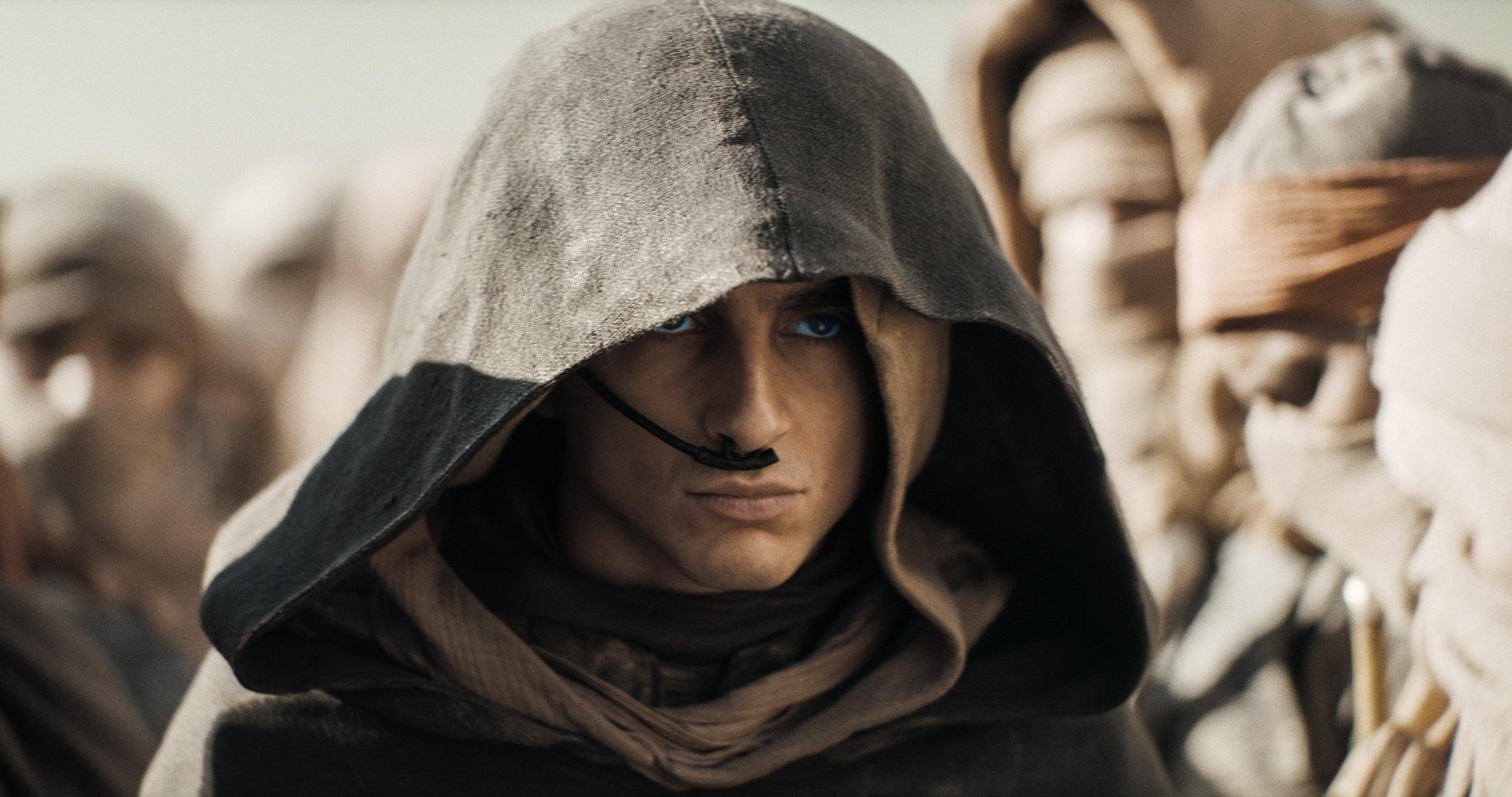
When Paul’s plans for revenge begin to bear fruit, however, the galaxy begins to take notice. As multiple schemes and machinations begin to come into focus, it becomes clear that no matter what happens…the galaxy is about to change.
I’m not going to go into details on the story. I don’t want to give out any spoilers, so that’s where I’ll leave things. At nearly three hours long, there is a BUNCH of story the film covers, even as it seems to breeze by. The film introduces a host of new characters this time around, who will be immediately familiar to readers of the novels.
Austin Butler’s take on Feyd-Rautha is immediately gripping, while Florence Pugh’s Princess Irulan feels straight out of the book. The acting all around is impressive, and the host of newcomers blend in seamlessly to the ongoing story as if they’ve always been there.
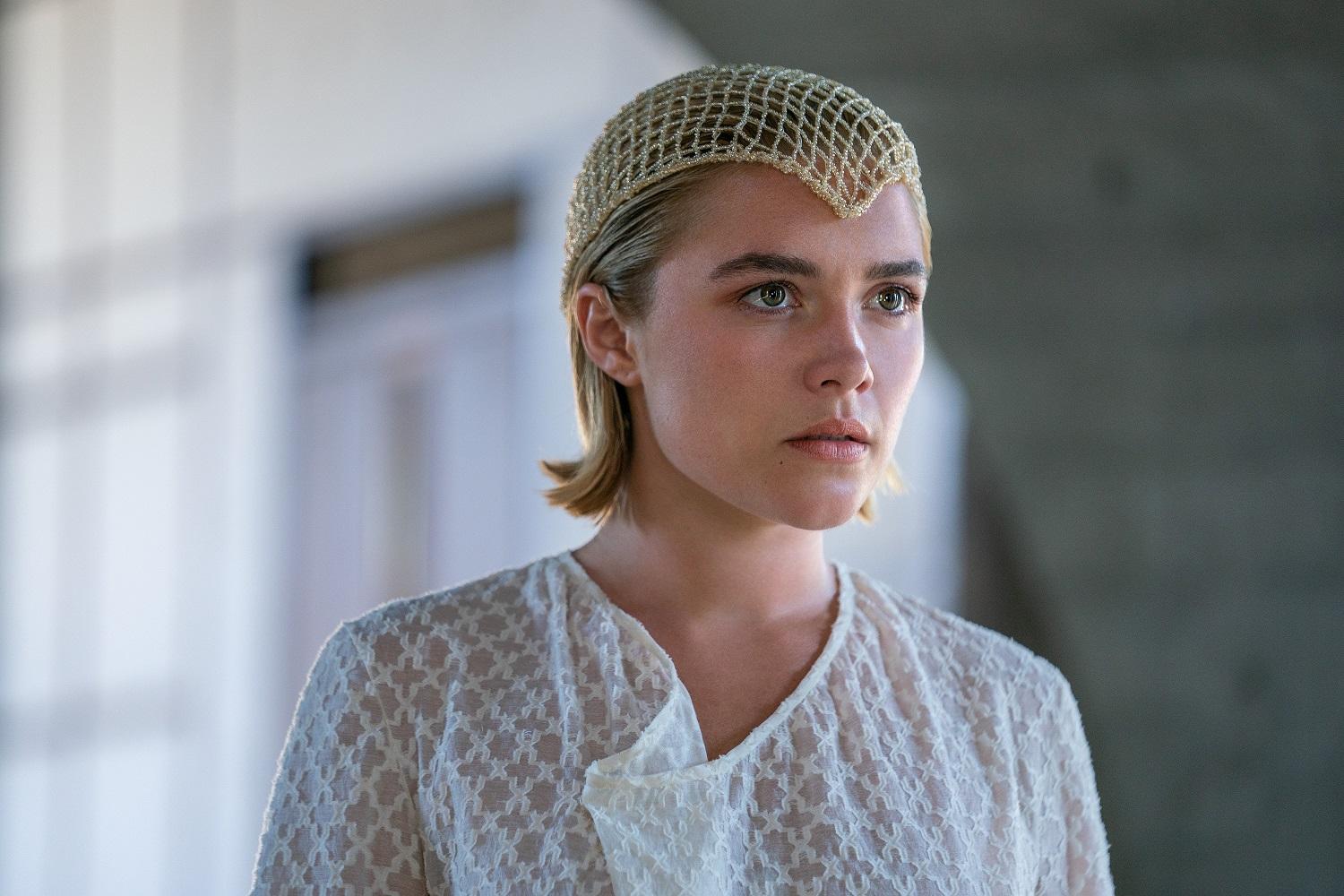
Beyond that, it’s still as gorgeously crafted as the previous film. The sense of scale remains epic, even as the action is kicked up significantly. It’s a technical marvel, with stunning cinematography that I felt would melt my eyeballs. Plus, fans who were hoping to get a bit more of lore and political intrigue out of the first film, will definitely find it in Part Two.
This is Denis Villenueve firing on all cylinders and isn’t hampered by the need for worldbuilding/stage-setting. After watching the sequel, it almost makes the first film seem…small? Maybe that’s not the right word, but it’s pretty close. Almost like the entirety of that film, great as it is, was only a prelude for the “main event” that’s on display in Part Two.
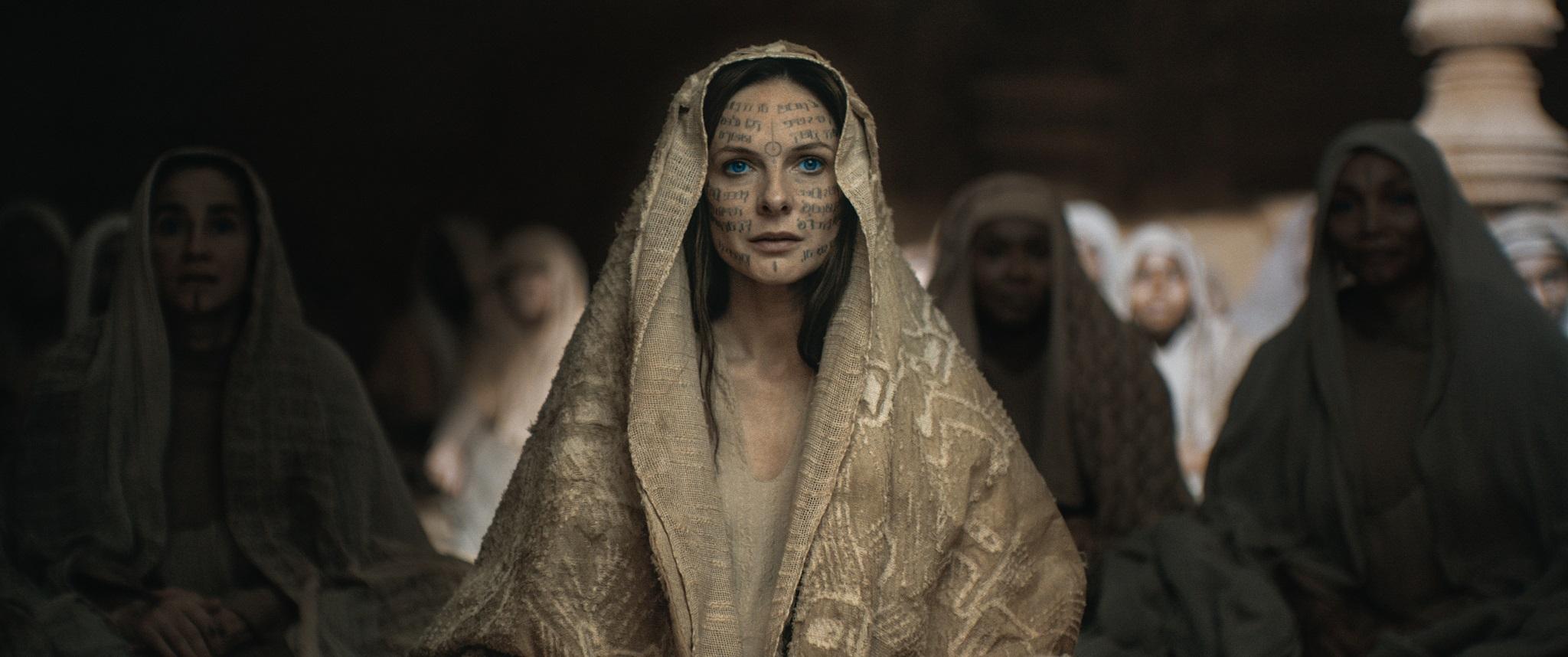
Pointing the Way
By and large, a big thing I heard from a number of people regarding the first film, was they “didn’t want another white savior story.” To be honest, it’s entirely fair to think that; especially from the various SWANA/MENA people who’s culture is intrinsically tied to the material. Taken on its own, Dune Part One absolutely cultivates that messianic story idea, positioning Paul as “the one.”
With Part Two, however, we see the fallacy in such prophecies. It takes those initial concepts and showcases how terrible it can be when the so-called “civilized” people in power are allowed to influence other cultures. It lays bare the manipulation behind such thought processes and how they’re used to oppress the “lesser” cultures.
This proves to be the novel’s ultimate point; how the reliance on saviors could/would cause the downfall of humanity. Dune Part Two hammers this home nicely and in far less subtle ways than Herbert. The film emphasizes Paul’s moral quandary more directly. It’s not just about his fear of what’s to come, but his understanding that in doing so he’s using those same tools of oppression to manipulate the Fremen he’s come to love.

I loved how Part Two leaned into this aspect more, and made clear its stance on outsider saviors among indigenous people. The Lisan al Giab prophecy is shown as something not universally accepted among the Fremen (which the book didn’t). Instead, we see two groups among the desert dwellers. Fundamentalists, like Stilgar, who hold tightly to the ancient prophecy, and those who’ve never bought into.
There are Fremen who see the Lisan al Gaib for what it is; another way to control them. Another system in place to prevent them from ever being truly free. Paul knows crossing that line betrays the honor his family’s legacy is built on. More so, he knows it could ultimately cost him his humanity. But in order to save his friends and Fremen family, he may not have a choice. In that, lies the tragedy of Paul Muad’dib.
Dune Part Two is very direct in this messaging and I hope it helps assuage some of the fears/issues others had with the previous film. That’s not to say I think they were wrong in their thinking about the first film. Nor is it my place to try and tell them otherwise.
While I’m indigenous, I’m not SWANA/MENA and would love to see their thoughts on how this new film handles the themes and messaging. Plus, there’s still a discussion to be had about the casting in the film, which is incredibly diverse, but still doesn’t put SWANA/MENA people in prominent roles.
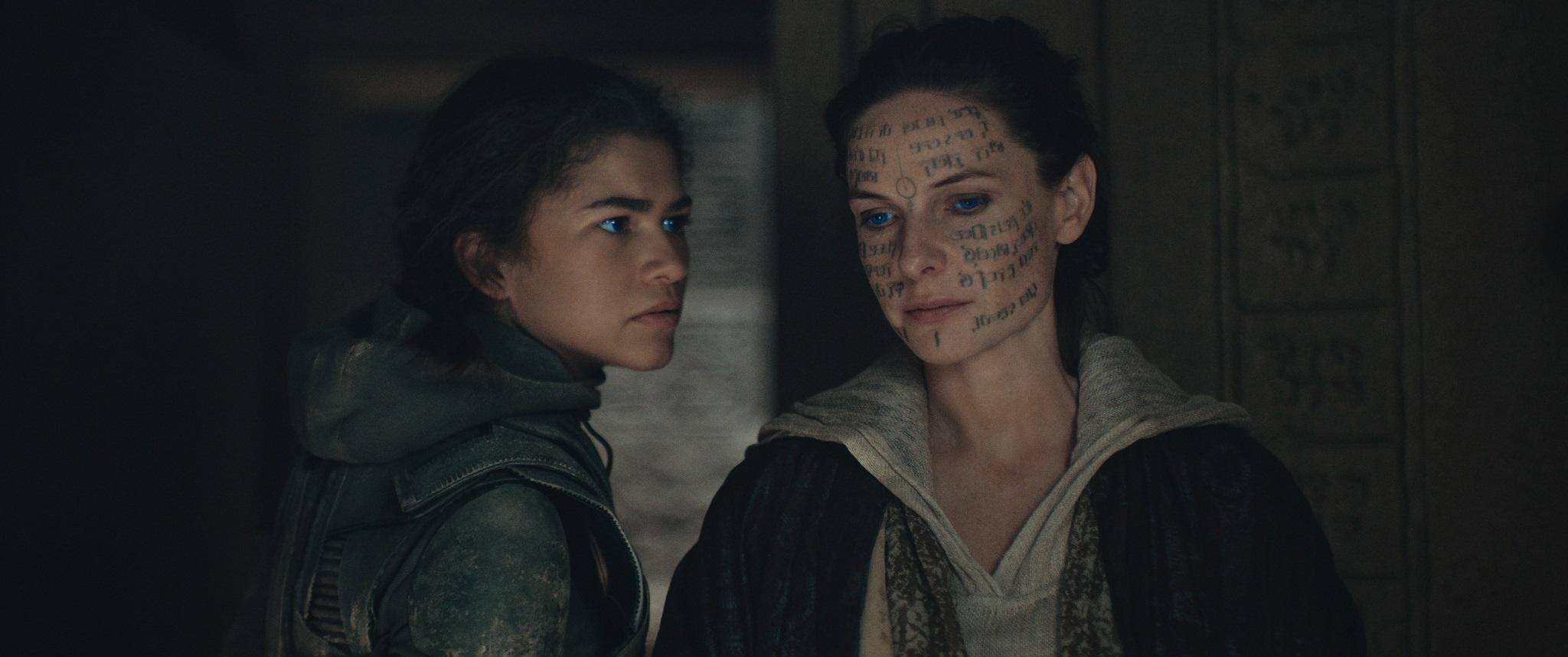
Big Changes, Same Heart
The more I’ve been able to sit and think on the film, the more convinced I am the streamlining of these themes is the major reason the movie diverges so much from the novel. I’m not going to list all of the changes out here, as that would definitely reveal spoilers, but suffice it to say they’re more prevalent than even from the previous film.
Most of them stem from the same thing: timing. In an effort to streamline the core of the story, the timeframe on which everything takes place is much faster. The novel covered several years of time in which Paul and Jessica lived among the Fremen. During those years, they become one with them while cultivating the legend of Muad’dib; the desert demon that strikes fear into the Harkonens and eventually the Emperor himself.
Dune: Part Two, however, compresses it all down within the time period of Jessica’s pregnancy. Considering how the pregnancy, and Paul’s unborn sister play a drastically different role in the story this time, it makes some sense to keep the time frame more limited. The change grants the film a greater sense of urgency and helps keep the pacing of the film clipping along.
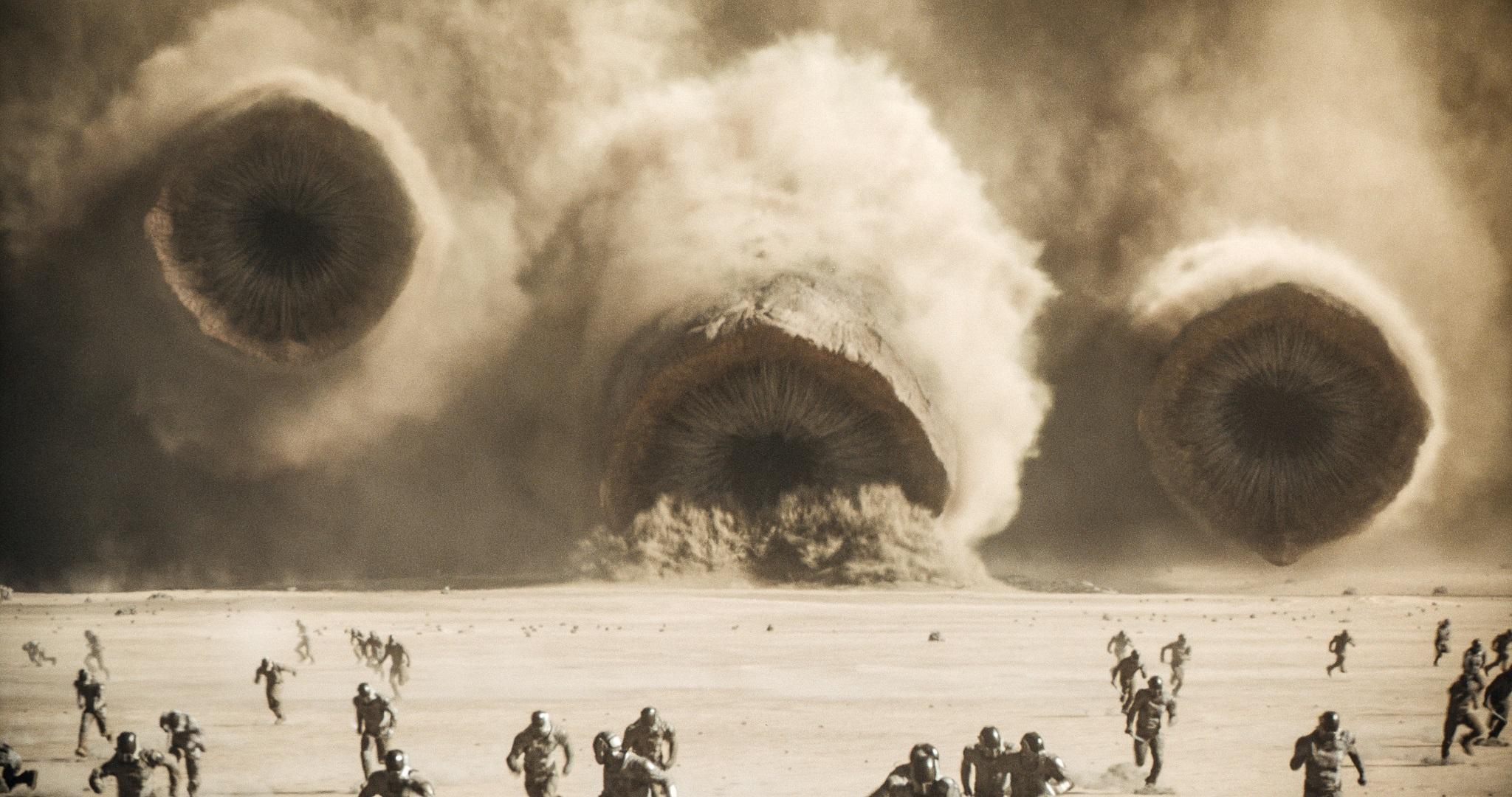
In doing so, that means a few things had to be changed up (as I said). I had to sit with the film for a while following the credits rolling. As one who grew up reading the novels and re-reading the original on an almost yearly basis, the shift in timing and all the changes felt a bit overwhelming at first. I wasn’t sure if I struggled with them due to the film’s structure or because of my entrenched thoughts on the film.
Ultimately, I think the changes make sense and work within the already established “rules” of the film’s universe. These changes keep the central themes more focused, and hammer home the tragic elements within. Even so, I’m still not sure if speeding up the timeframe that much worked for me.
I greatly enjoyed how they showed Paul and Chani falling for one another. Dune: Part Two features some very impressive “showing not telling” storytelling that keeps you engaged while letting the characters still feel like they’re naturally growing. The same approached is used as we see Paul learning to become a Fremen, Feyd-Rautha’s rise to prominence, etc.

The problem is, every time the movie reminded us of the time frame, I felt pulled out of the experience for a bit. It was a bit disorienting. It felt like there was a greater passage of time being shown to us. More so, it didn’t leave room for other relationships to develop (would have loved more interactions between Chani and Jessica).
In the grand scheme of things, this will likely fall into the “nitpick” side of discussion. Who knows, maybe in my next showing, with my mind completely free from any expectations, it won’t be an issue at all!

The bottomline is pretty clear: Dune: Part Two rules incredibly hard. It brings all the grandiose imagery and skillful performances from the first film, and combines it with blockbuster action to deliver a powerful story. While there are some big changes from the book, Part Two manages to retain the core essence of Herbert’s story.
Much like the novel itself, I suspect audiences will be dwelling on its themes and masterful storytelling for many years to come.

